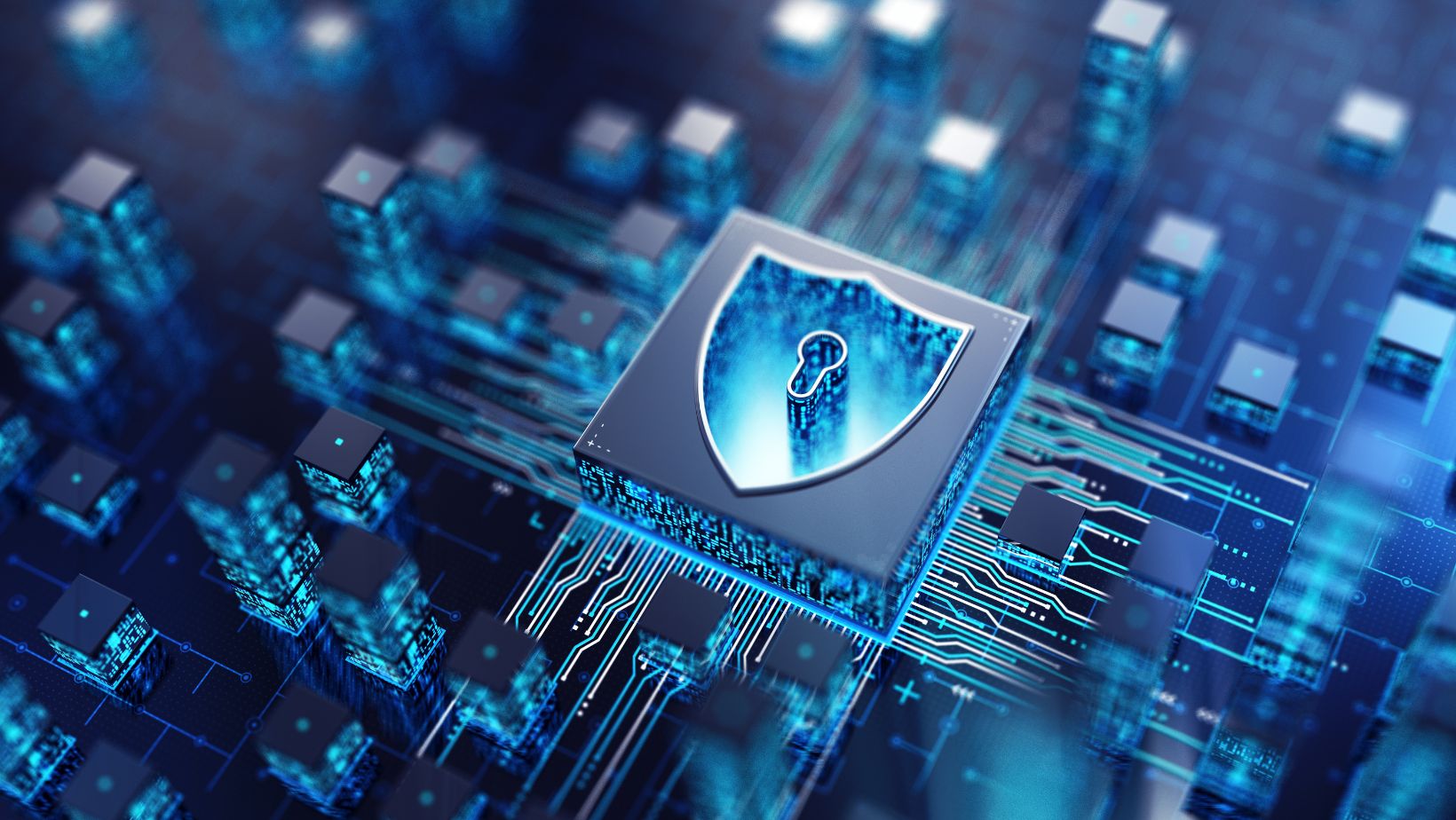
The concept of a cybersecurity unsolvable problem may seem like an anomaly in an era where technology appears to conquer every obstacle. However, as the digital landscape evolves, so do the challenges within cybersecurity. It’s a relentless battle against threats that are not only increasing in sophistication but also in volume. This ongoing struggle highlights the inherent difficulties in achieving absolute security online.
Cybersecurity experts tirelessly work to protect data and systems from malicious attacks, yet they face obstacles that often seem insurmountable. The dynamic nature of cyber threats means what works today might not be effective tomorrow. Moreover, the complexity of modern networks and the sheer amount of data processed make it nearly impossible to guard against every potential vulnerability.
Cybersecurity Unsolvable Problem
The Nature of Cyber Threats

Cyber threats are evolving at an unprecedented rate, making the task of defending against them increasingly complex. Each day, cybercriminals devise new methods to exploit vulnerabilities within systems and networks. These threats range from phishing scams aimed at stealing personal information to sophisticated ransomware attacks that can lock out entire organizations from their critical data. A notable example includes the WannaCry ransomware attack, which affected hundreds of thousands of computers across 150 countries, showcasing the global reach of such threats.
The landscape of cyber threats is vast and varied:
- Phishing attacks: Deceptively simple yet effective, these involve tricking individuals into handing over sensitive information.
- Ransomware: Encrypts a victim’s files, demanding payment for their release.
- Advanced Persistent Threats (APTs): Long-term targeted attacks designed to stealthily infiltrate and remain inside a network.
Why Complete Security Is a Myth

Achieving absolute security in the realm of cybersecurity is often considered an unsolvable problem. This stems from several inherent challenges:
- Human Error: Even with robust security protocols in place, human error remains one of the largest vulnerabilities. From weak passwords to accidental leaks via email or social media, it’s clear that humans can be the weakest link in cybersecurity defenses.
- Resource Limitations: Many organizations face constraints in terms of budget and skilled personnel necessary to combat sophisticated cyber threats effectively.
- Zero-Day Exploits: These are previously unknown vulnerabilities that have yet to be patched by developers. Attackers leveraging zero-day exploits can wreak havoc before a fix becomes available.
- Ever-Changing Landscape: As technology advances, so do methods for exploitation; maintaining an impenetrable defense against all potential future techniques is virtually impossible.
Historical Context of Cybersecurity Challenges
Major Breaches and Their Lessons

The digital age has been marred by significant cybersecurity breaches, each serving as a stark reminder of the ongoing battle between cyber defenders and attackers. One notable incident was the 2013 Target breach, where hackers accessed 40 million credit and debit card numbers. This breach underscored the need for robust security systems and rigorous compliance standards. Similarly, in 2017, Equifax experienced a massive data breach affecting over 143 million consumers. The aftermath highlighted the critical importance of promptly patching known vulnerabilities.
- Target (2013): Exposed 40 million credit/debit cards.
- Equifax (2017): Affected over 143 million consumers.
Evolution of Cyber Threats

Cyber threats have evolved significantly since the inception of the internet. Initially, viruses and worms were major concerns for individuals and businesses alike. However, today’s landscape is vastly different with sophisticated threats like ransomware attacks that encrypt an organization’s data to extort money, state-sponsored cyber espionage aimed at stealing sensitive information, and Advanced Persistent Threats (APTs) which lurk undetected within networks for long periods.
- Early threats: Viruses and worms.
- Today’s threats: Ransomware attacks state-sponsored espionage APTs.
The Role of Human Error in Cybersecurity Vulnerabilities
The Weakest Link in Security

Human error has been identified time and again as a significant vulnerability within cybersecurity frameworks. Despite advancements in technology, the human component often remains the weakest link. This isn’t because individuals intentionally compromise security; rather, it’s due to a range of factors from lack of awareness to simple mistakes that can lead to severe consequences. For instance, phishing attacks—a prevalent method used by cybercriminals—rely on deceiving individuals into providing sensitive information or clicking on malicious links. Statistics reveal that a staggering 90% of data breaches are caused by human error, underscoring the critical need for enhanced training and awareness programs.
Strategies to Mitigate Human-Related Risks

Addressing the cybersecurity unsolvable problem linked with human error requires a multifaceted approach. Organizations must prioritize creating a culture of cybersecurity awareness where employees are regularly trained on potential threats and safe online practices.
- Continuous Education: Implementing regular training sessions can significantly reduce risk by keeping cybersecurity at the forefront of employees’ minds.
- Simulated Attacks: Conducting controlled phishing exercises helps prepare employees for real-world scenarios, enabling them to recognize and respond appropriately to malicious attempts.
- Access Management: Restricting access rights based on roles ensures that sensitive information is only accessible to those who genuinely need it for their work.
Technological Advances vs. Cybersecurity Threats
Cutting-Edge Solutions and Their Limitations

Technological advancements have always been a double-edged sword, especially in the realm of cybersecurity. As new tools and solutions emerge to protect digital assets, hackers simultaneously develop sophisticated methods to breach these defenses. It’s a never-ending cycle that underscores the cybersecurity unsolvable problem.
One prime example is the evolution of encryption technologies. Encryption acts as a critical barrier, safeguarding data by making it unreadable without the correct key.
The Arms Race in Cybersecurity

This perpetual cycle of action and counteraction between cyber defenders and attackers resembles an arms race. Each side continually escalates its tactics in response to the other’s moves.
For instance, as companies deploy advanced intrusion detection systems (IDS), hackers employ polymorphic code—malware that changes its identifiable features each time it runs—to evade detection. This game of cat-and-mouse leads not only to more sophisticated attacks but also necessitates constant vigilance from cybersecurity professionals.

